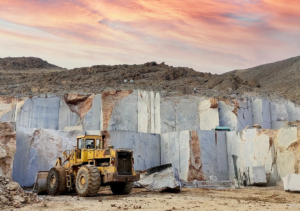Marble: Characteristics, Applications, and Market Status
Marble is one of the natural gemstones that has gained attention in jewelry and art industries due to its unique beauty and properties. This article examines the characteristics, applications, and market status of this gemstone, analyzing its significance in various cultures. The information presented in this article is particularly helpful for enthusiasts of gemstones and handicrafts.
Characteristics and Features of Marble:
- Chemical Composition of Marble: This stone primarily consists of calcium carbonate, and its crystalline structure gives marble a unique beauty.
- Color and Texture Variability of Marble: Marble is available in various colors, such as white, black, green, and red. This diversity arises from the presence of impurities and other elements in the stone.

Applications and Uses of Marble in Various Industries:
This gemstone is widely used in jewelry making, architecture, and handicrafts. Marble, as a valuable material, not only brings beauty but also symbolizes wealth and power. Architects and artists have extensively utilized this precious stone in the construction of historical and religious buildings.
Market Status of Marble and Factors Affecting Its Price:
Various factors, such as demand in the jewelry industry and marble extraction processes, significantly influence the market status of this gemstone. Due to its unique beauty and properties, its popularity has increased in recent years, and its prices have fluctuated in global markets.

Marble holds great importance as a valuable stone in various cultures and handicrafts. This stone not only enhances the beauty of artworks but is also recognized as a cultural symbol.



 فارسی
فارسی